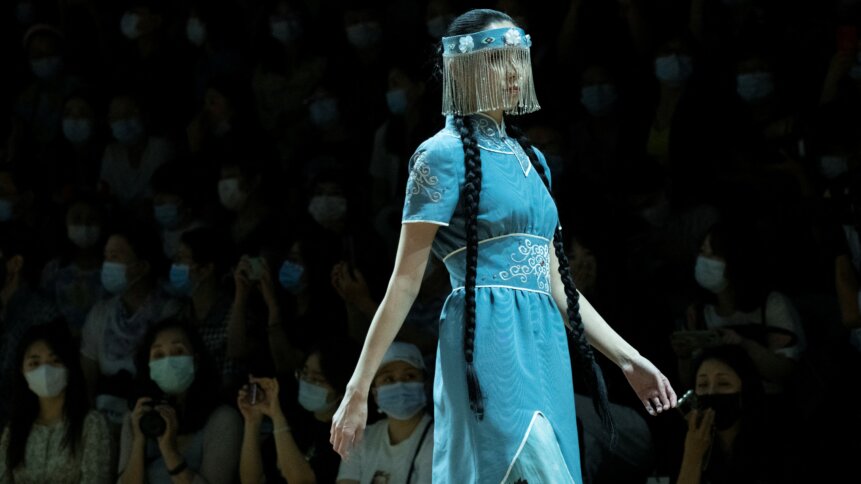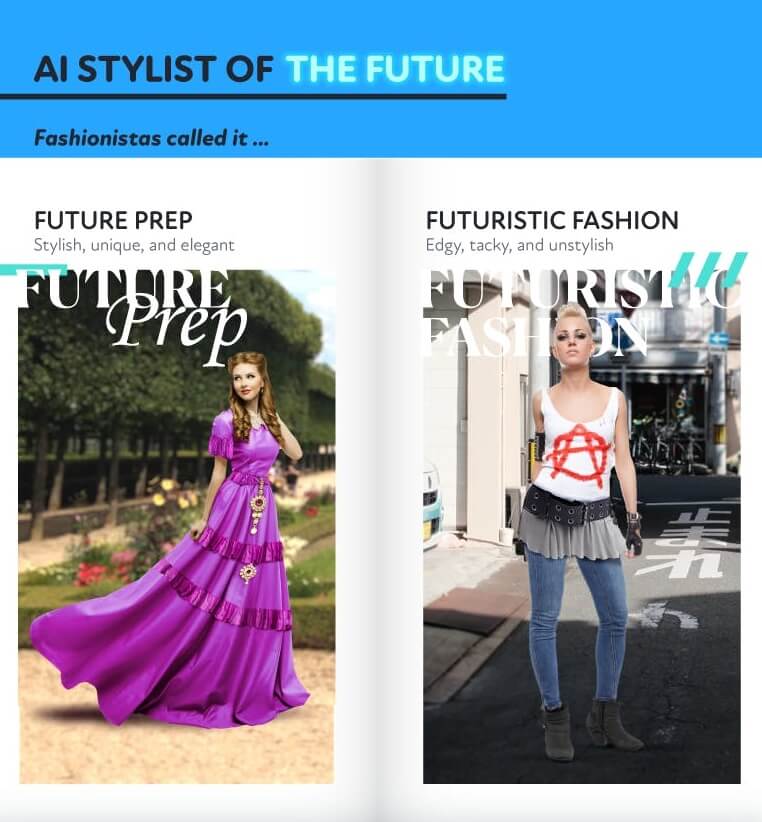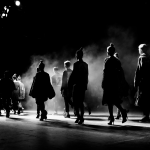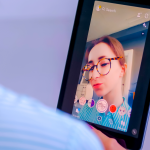Next looks: Can AI technology predict the future of fashion?

Unlike other industries, fashion technology is still a relatively new and blossoming field. However, newer technologies like AI-driven automation can be seen being applied in virtually any industry today, and fashion brands are now beginning to grasp the potential that fashion technology can bring to them, especially when it comes to providing the best experience for their customers.
Statistics show that the global apparel market is projected to reach US$2.25 trillion by 2025, clearly indicating a demand for clothing and shoes around the world. Despite the disruptions caused by the COVID-19 pandemic in those territories, the fashion industry is expected to see the highest level of growth in the Asia Pacific with China, and Japan joining the US among the world’s largest apparel markets.
While live fashion shows and catwalk exhibitions may be disrupted in some countries, fashion companies continue to release their latest designs virtually and have been recording positive sales. After all, retail therapy has proven to be an effective method of coping with extended lockdowns for some.
With changing consumption behaviors, fashion designers want to be able to understand what their consumers want better, despite the new rules of engagement with the customer. Today, the competition in the fashion industry is intense, with more homegrown brands making their presence felt in their local markets. Large fashion brands are aware of this and want to be able to cater to their customers’ needs based on their ideal fashion desires.
And this is where AI comes into play. Compared to other industries where automation helps create uniformity and consistent output, AI in fashion is used to create bespoke outfits for both men and women. RushOrderTees, American-based high-quality custom apparel has been using AI, Generative Pre-trained Transformer (GPT)-3, and StyleGan, in particular, to not only design new clothing but also predict what people will be wearing in 2030.
GPT-3 is a language model created by OpenAI that uses deep learning to generate human-like texts. According to RushOrderTees, by using identical prompts, GPT-3 was asked to produce output for current and future fashion trends. This output was lightly edited for length and repetition, but not for content or fact-checking. These prompts were then used to create images using StyleGan, an AI that generates images based on text inputs. The StyleGan-generated images were given to human designers to clean up and update to ensure they looked appropriate.
The company recently completed a survey on what customers think about AI designing their clothes. According to their survey, 78% of women and 71% of men think the AI-designed outfits are stylish, and the outfits for women were considered more fashionable and wearable than those for men. On average, 71% of women and 67% of men would also wear AI-generated outfits.
Here’s what AI predicted fashion trends will veer towards in 2030:

Source: RushOrderTees
AI-aided fashion technology
Fashion retailers are now relying on fashion technology to make their businesses more efficient. And just like RushOrderTees, other fashion brands are also working with AI companies to not only understand their customers better but also predict what people want to buy and wear in the future.
American startup Finesse created fashion’s first artificial brain, when its AI scoured the web to find trending fashion trends and the best fits. Using algorithmic designs, Finesse quickly produces small runs of clothing within 25 days. The firm says it is using 3D modeling software for all of its gender-neutral clothing, to reduce costs and cut down on the amount of waste that’s created during the process of creating samples.
YOU MIGHT LIKE

How AI is enabling a virtual world of fashion
Apart from predicting the fashion of the future, apparel companies are also using AI to enhance the user experience for their customers. As the pandemic made it harder for customers to try on clothes before buying them, several fashion brands are now using AI to generate an online dressing room experience.
Revery AI developed a tool that leverages both computer vision and AI to create an online dressing room experience for customers. The California-based startup applies deep learning and computer vision to enable customers to customize their clothing model, including their hairstyles and poses.
Another American company, StyleScan uses state-of-the-art 3D scanning and virtual try-on technology that captures physical apparel for on-consumer visualization. Using augmented reality and 3D technologies, StyleScan enables fashion brands to allow customers to try on outfits virtually. Brands that have implemented StyleScan have seen 40% reductions in returns since inception.
With technologies improving and allowing greater possibilities, fashion brands will soon be able to leverage more tools to give them better visibility not just on their trends on customers, but also create a whole new shopping experience for them.
For fashion designers, the worry that fashion technology will replace them in designing new clothing trends should not be a concern. Instead, they should see how they can leverage AI to help them create future-forward designs for exacting clientele.









